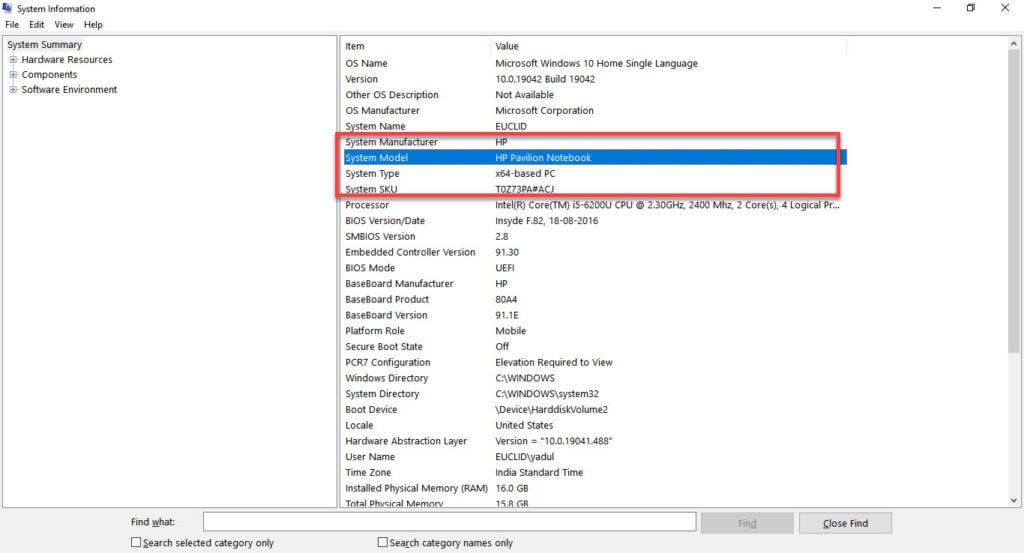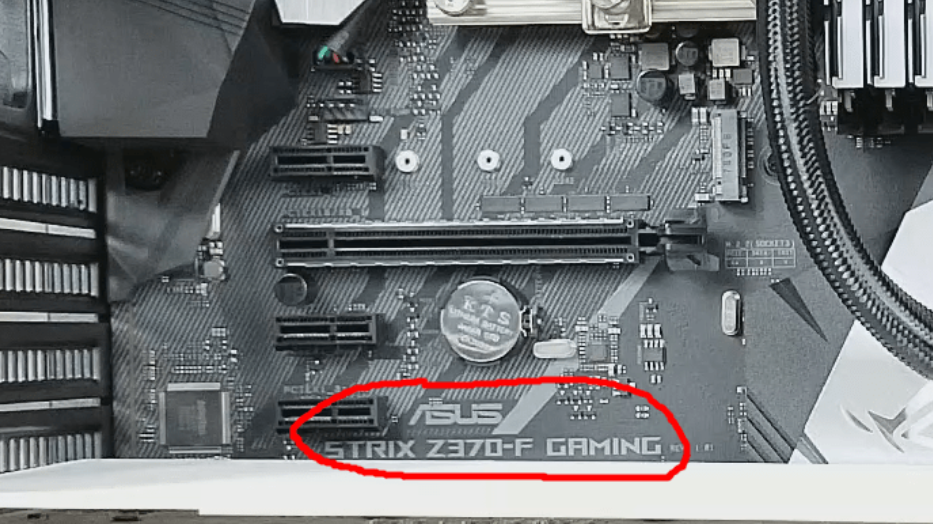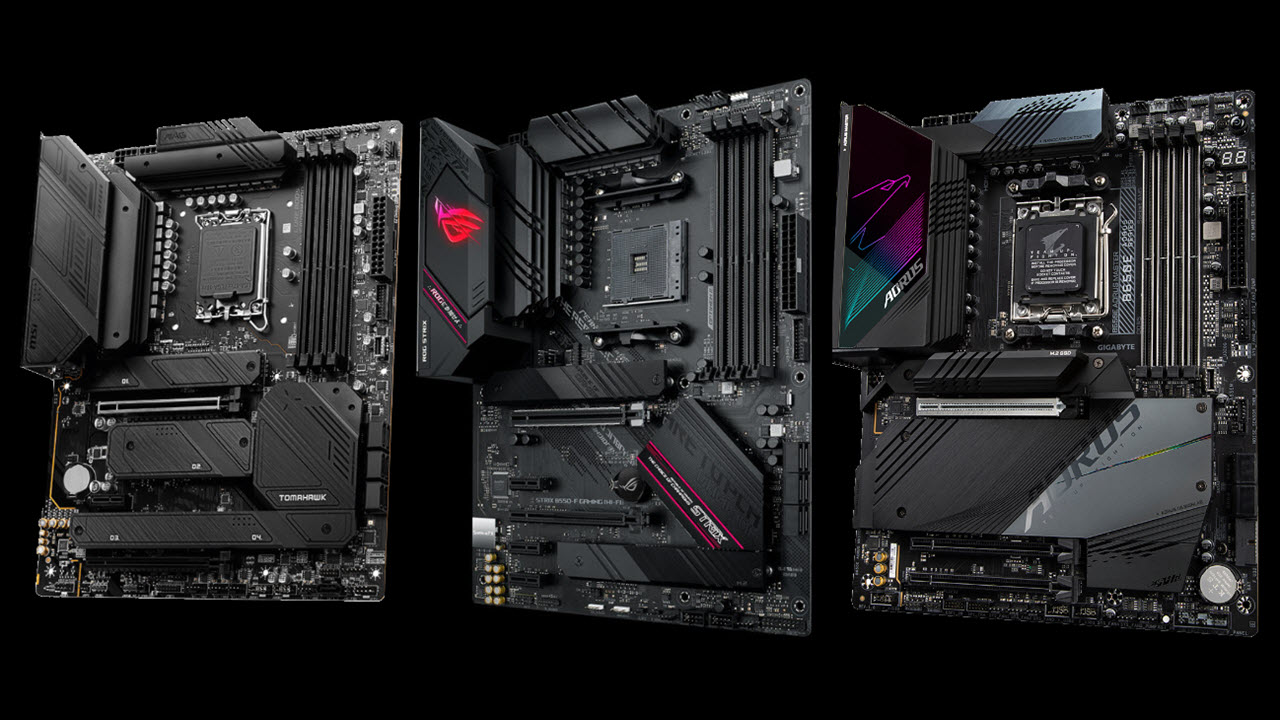Comprehensive Guide: Mastering The Art Of Checking Your Motherboard
Checking your motherboard is a crucial skill for any tech-savvy individual, whether you're troubleshooting a faulty system or ensuring peak performance. The motherboard acts as the central nervous system of your computer, connecting all components and enabling seamless communication between them. A malfunctioning motherboard can lead to system crashes, overheating, or even complete system failure. By learning how to check motherboard properly, you can diagnose issues early and prevent costly repairs or replacements. With the right tools and techniques, identifying potential problems becomes easier, giving you peace of mind and prolonging the lifespan of your hardware.
As technology evolves, so does the complexity of diagnosing motherboard issues. Modern motherboards come equipped with advanced features such as onboard diagnostics, LED indicators, and BIOS updates that make the process more manageable. However, without proper knowledge, these features may seem overwhelming to the average user. This guide aims to demystify the process, providing step-by-step instructions and practical tips to help you master the art of checking your motherboard. Whether you're a beginner or an experienced technician, this article will equip you with the necessary skills to tackle common motherboard-related challenges.
One of the most common questions among computer enthusiasts is how to check motherboard effectively. With so much information available online, it's easy to get lost in a sea of conflicting advice. This article cuts through the noise, offering actionable insights and expert tips to ensure you're well-prepared for any situation. From understanding basic diagnostics to advanced troubleshooting techniques, we'll cover everything you need to know to become a motherboard-checking pro. Let's dive in and explore the world of motherboard diagnostics together.
Read also:Unveiling The World Of Movierulzcom Kannada 2025 A Comprehensive Guide
Why Should You Learn How to Check Motherboard?
Understanding the importance of motherboard diagnostics is the first step toward becoming a competent troubleshooter. The motherboard is one of the most critical components in your computer, and its health directly impacts system performance. By learning how to check motherboard, you gain the ability to identify and resolve issues before they escalate into major problems. This proactive approach not only saves you money but also enhances your overall computing experience.
- Prevent system failures by detecting issues early.
- Save money by avoiding unnecessary repairs or replacements.
- Improve system performance through regular maintenance.
- Gain confidence in diagnosing and resolving hardware issues.
What Are the Common Signs of a Faulty Motherboard?
Recognizing the warning signs of a failing motherboard is essential for timely intervention. Some common symptoms include system instability, frequent crashes, unusual beeping sounds during startup, and hardware compatibility issues. By paying attention to these indicators, you can take corrective action before the problem worsens. Additionally, understanding the root cause of these issues helps in implementing effective solutions.
How to Check Motherboard Using Diagnostic Tools?
Modern diagnostic tools simplify the process of checking your motherboard. These tools provide valuable insights into the health of your system, highlighting potential issues that may not be immediately apparent. From built-in BIOS diagnostics to third-party software solutions, there are numerous options available to suit different skill levels and requirements. Let's explore some of the most popular diagnostic tools and how they can assist you in checking your motherboard effectively.
What Questions Should You Ask Before Checking Your Motherboard?
- Is my motherboard compatible with other components?
- Do I have the necessary tools and expertise to perform diagnostics?
- Are there any specific issues I should be aware of?
- How can I ensure the safety of my system during the diagnostic process?
Step-by-Step Guide: How to Check Motherboard
Now that you understand the importance of checking your motherboard, let's walk through a step-by-step process to ensure a thorough diagnosis. Each step is designed to address specific aspects of motherboard health, providing a comprehensive overview of your system's status. By following this guide, you'll gain the confidence to tackle even the most complex motherboard-related challenges.
How to Check Motherboard for Physical Damage?
Before diving into software diagnostics, it's essential to inspect your motherboard for physical damage. Look for signs of corrosion, burnt components, or loose connections. These issues can often be resolved with simple repairs or adjustments, saving you the hassle of more extensive troubleshooting. Use a magnifying glass if necessary to get a closer look at the intricate components on your motherboard.
What Are the Best Practices for Checking Your Motherboard?
Adopting best practices ensures accuracy and consistency in your diagnostic process. Start by creating a checklist of tasks to perform, including visual inspections, BIOS updates, and compatibility checks. Document your findings at each stage, allowing you to track progress and identify recurring issues. Additionally, always ensure your system is properly grounded to prevent static damage during the diagnostic process.
Read also:Bollywood Cinema Unveiled Your Ultimate Guide To Hd Hub 4 U Bollywood
How to Check Motherboard Using BIOS Diagnostics?
Your motherboard's BIOS contains a wealth of diagnostic tools that can help identify potential issues. Access the BIOS by restarting your computer and pressing the designated key (usually F2, DEL, or ESC) during startup. Navigate to the diagnostic section and review any error messages or warnings. These tools provide real-time feedback on the health of your motherboard, making them an invaluable resource for troubleshooting.
Advanced Techniques for Checking Your Motherboard
For those seeking more in-depth diagnostics, advanced techniques offer greater insight into motherboard performance. These methods often require specialized tools or software but provide unparalleled accuracy in identifying issues. Let's explore some of these advanced techniques and how they can enhance your diagnostic capabilities.
What Tools Are Essential for Checking Your Motherboard?
Equipping yourself with the right tools is crucial for effective motherboard diagnostics. A basic toolkit should include a multimeter, thermal paste, and an anti-static wrist strap. These tools help in testing power delivery, improving thermal performance, and ensuring safety during the diagnostic process. Depending on your specific needs, you may also consider investing in more advanced tools such as logic analyzers or oscilloscopes.
How to Check Motherboard for Compatibility Issues?
Compatibility issues can often lead to motherboard-related problems. Ensure all components, including the CPU, RAM, and storage devices, are compatible with your motherboard's specifications. Refer to the motherboard manual or manufacturer's website for detailed compatibility information. Addressing these issues early can prevent frustration and ensure smooth system operation.
Conclusion: Mastering the Art of Checking Your Motherboard
In conclusion, learning how to check motherboard is an essential skill for anyone serious about maintaining their computer's health. By following the steps outlined in this guide and adopting best practices, you can diagnose and resolve issues with confidence. Remember, regular maintenance and proactive troubleshooting are key to extending the lifespan of your hardware. Embrace the challenge and take the first step toward becoming a motherboard-checking expert today.
Table of Contents
- Why Should You Learn How to Check Motherboard?
- What Are the Common Signs of a Faulty Motherboard?
- How to Check Motherboard Using Diagnostic Tools?
- What Questions Should You Ask Before Checking Your Motherboard?
- Step-by-Step Guide: How to Check Motherboard
- How to Check Motherboard for Physical Damage?
- What Are the Best Practices for Checking Your Motherboard?
- How to Check Motherboard Using BIOS Diagnostics?
- Advanced Techniques for Checking Your Motherboard
- What Tools Are Essential for Checking Your Motherboard?
Article Recommendations


